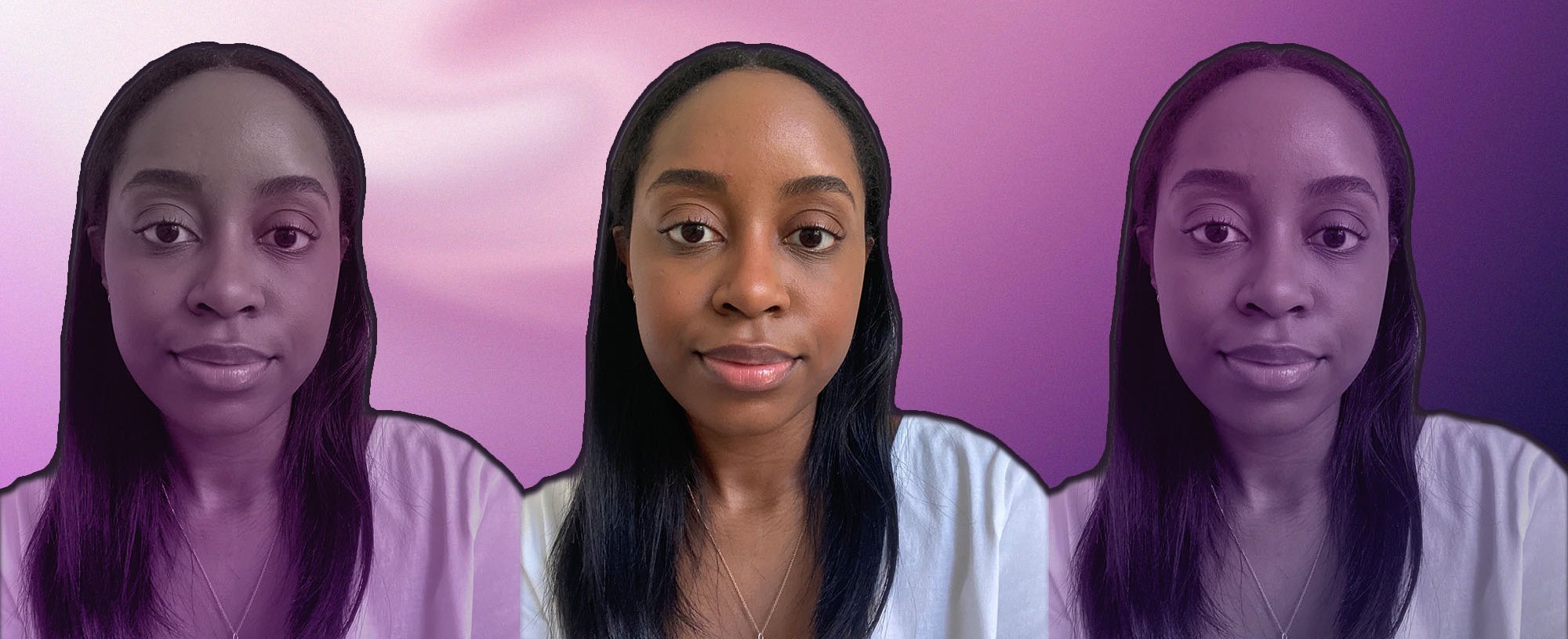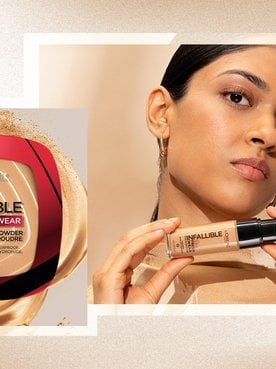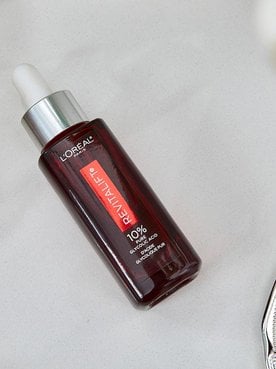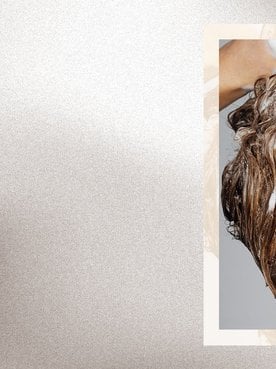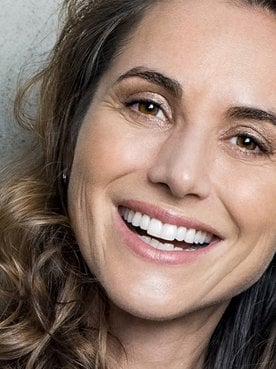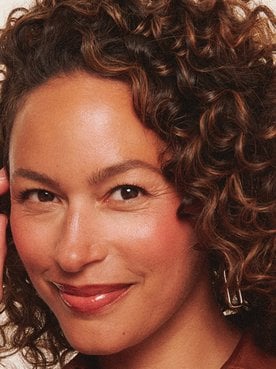If you have natural hair, then you may have considered getting a hair relaxer at some point. After all, taking care of your curls can be time-consuming, which can make having sleek, super-straight hair straight out of bed sound pretty appealing. And with the relaxers growing in popularity once again (everything old becomes new again, right?) you may be particularly curious about them right now.
Of course, curly hair relaxers aren’t for everyone, and just like with any beauty procedure, we highly recommend doing your research before taking the plunge to determine if it’s the right move for you. Luckily, you don’t have to take to Google or social media to find the answers you’re searching for. Below, we’re explaining how natural hair relaxers work, what to know before trying one, and how to care for relaxed hair.
What Does A Relaxer Do?
Natural hair relaxers, also known as chemical straighteners, are chemical lotions or creams applied to natural hair to give it a straight appearance by “relaxing” your curls. According to a study from the National Center for Biotechnology Information (NCBI), relaxers are used by more than two-thirds of Black women to straighten their hair for easy styling and increased length.
What Are the Types of Relaxers?
A study from the NCBI states that chemical-based hair relaxers are broadly classified as lye relaxers, no-lye relaxers, and thio relaxers. The main ingredient of lye relaxers is sodium hydroxide, no-lye relaxers contain calcium hydroxide and guanidine carbonate, and thio relaxers contain thioglycolic acid salts, according to the NCBI. This is where things get a little tricky, so we’ll try and keep it as clear as possible.
According to a study from the United States Patent and Trademark Office, the first stage of processing is referred to as the reduction stage, where the disulfide bonds of the hair fiber are broken. This is important because the presence of disulfide bonds is directly linked to how curly your hair is. Then the hair is thoroughly rinsed before moving onto the second stage, which is known as the neutralization stage. This step involves using a neutralizing agent to reclose the disulfide bonds into a new configuration, setting hair into the desired shape.
After that, the hair is shampooed and mechanically positioned into the configuration or shape desired, usually by wrapping the hair around rollers of the appropriate size needed to straighten the hair.
Keep in mind that this process should be done by a professional, as many of the common ingredients used in the process are chemically abrasive to both hair and skin. This makes at-home options less concentrated, and typically less effective, than those used in professional salons, according to the study.
What to Know Before Relaxing Your Hair
We know — that’s a lot of info. Now that you know all about how relaxers work on curly hair, you may have some questions popping up in your head. Here are a few things to know before relaxing your hair. First, it’s important to remember that relaxing your hair is a chemical process, and relaxers should only be used as instructed. A study from the NCBI found that common complaints associated with the use of chemical hair relaxers were frizzy hair, dandruff, hair loss, thinning, and hair breakage.
To minimize any potential damage, the American Academy of Dermatology (AAD) advises using caution with relaxers and always going to a professional stylist for proper, safe application. If you are working with an at-home kit, it’s a must to read and follow all instructions on the packaging before and during application — just as you would when using an at-home hair color kit.
How Long Does A Relaxer Last?
Since chemical processing is known to have long-term effects, you’re probably wondering if hair relaxers are permanent. The simple answer is no. According to the American Academy of Dermatology, curly hair relaxers should be repeated every two to three months to keep strands straight, and only to new growth. If not, hair will go back to its naturally curly state. Keep in mind, the longer you apply relaxers to your hair, the longer it will take for you to restore your natural texture.
Are Relaxers Bad For Your Hair?
All chemical processing, including using curly hair relaxers, can damage your hair. The AAD shares that having a hair relaxer and another chemical service can wreak havoc on your strands, which is why they recommend just one service at a time. The NCBI also reveals that excessive chemical treatments can cause the hair cuticles to crack, which can ultimately lead to hair damage.
To relax hair and minimize damage, the recommendations are pretty similar to those for bleaching hair: rely on a professional and don’t overdo it.
How to Care for Relaxed Hair
Last but not least, we’re sure you want to know how to care for relaxed hair. Keep in mind, maintaining relaxed hair is a process just like anything else. There’s a huge debate on whether there’s such a thing as healthy relaxed hair, but there’s no clear cut answer for this — it’s personal.
What is clear cut is that the more you care for your hair in any style, the longer you can maintain healthy hair. cover your relaxed hair with a scarf while being active as a method for maintaining your straight strands. Touch-ups will also be needed to relax newly grown hair at the roots, just as new growth needs to be touched up if you switch up your hair color. The AAD shares that in the case of hair relaxing, touch-ups should only be done every two to three months, and that relaxer should never be applied to hair that has already been relaxed.
You also want to make sure that you’re using a hydrating shampoo and conditioner that won’t strip your hair of moisture. We recommend the L’Oréal Paris Elvive Hyaluron Plump Hydrating Shampoo, Paraben-Free and the L’Oréal Paris Elvive Hyaluron Plump Hydrating Conditioner, Paraben-Free, which both contain hyaluronic acid for deep hydration and a silky mane.
We know that was a lot to take in, so we recommend consulting with your hairstylist to determine if a curly hair relaxer is right for you and to help develop the right post-relaxing hair care routine.
Next: How Often Should I Wash My Natural Hair?
Edited and photographed by: Shannon Stubbs, Design by: Crystal Simone
